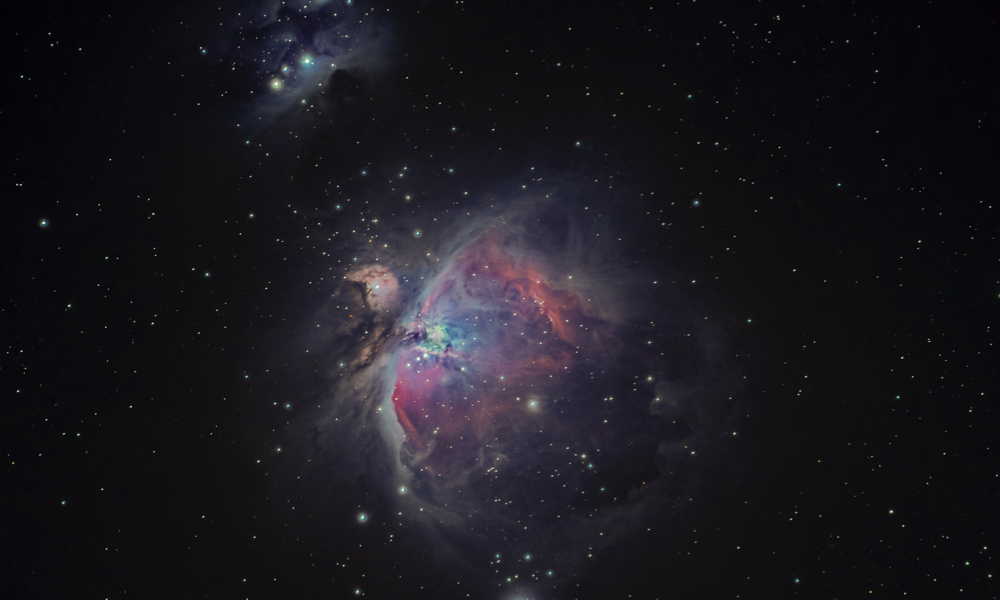
ESA Open Invitation to Tender AO10125
Open Date: 05/12/2019
Closing Date: 23/01/2020 13:00:00
Status: ISSUED
Reference Nr.: 19.1EP.13
Prog. Ref.: GSTP Element 1 Dev
Budget Ref.: E/0904-611 – GSTP Element 1 Dev
Special Prov.: BE
Tender Type: C
Price Range: 200-500 KEURO
Products: Satellites & Probes / System Engineering Software / Environment Models and Computational Tools / Radiation belts, Solar energetic particles, Galactic cosmic rays, ¿
Technology Domains: Spacecraft Environments and Effects / Space Weather / Modelling Development and IT Infrastructure
Establishment: ESTEC
Directorate: Directorate of Tech, Eng. & Quality
Department: Electrical Department
Division: Power Systems, EMC & Space Environ.Div
Contract Officer: Karl, Heinz-Uwe
Industrial Policy Measure: N/A – Not apply
Last Update Date: 05/12/2019
Update Reason: Tender issue
The background solar wind and solar eruptions, such as coronal mass ejections (CMEs) and High-speed Solar wind Streams (HSSs), propagate into interplanetary space are drivers for space weather phenomena. Resulting impacts include geomagnetically induced currents (GICs), ionospheric disturbances interfering with GNSS systems, spacecraft charging, single event effects on spacecraft and launchers resulting from accelerated Solar Energetic Particles (SEPs) and aurora, especially at high latitudes. Many physics-based models have been developed for simulating parts of the Sun-to-Earth space weather system, consisting of plasma, fields and energetic charged particles. Depending on the problem, these use a variety of modelling techniques (magneto hydrodynamics, particle-in-cell, etc.). Atthis time such models exist in the form of scientific codes but require additional technical development before a transition to operations. This activity shall develop and enhance existing physics-based models of Coronal Mass Ejection (CME) structure, propagationand evolution creating a full global 3D code. Outputs shall include the prediction of arrival times of CMEs and HSSs, event-time profiles of the plasma density along with the magnetic field strength and direction in the heliosphere from a few solar radii up to and beyond 1 AU. The inclusion of an SEP propagation model driven by the modelled CME-driven shock shall be explored. Efforts to unifysuch codes have been previously undertaken as part of the ESA SEPEM project and the FP7 SEP Server projects but the creation of a physics based European operational model for SEP onset and evolution is lacking. The model(s) will be integrated into the SWE Networkvia the Virtual Space Weather Modelling Centre.
If you wish to access the documents related to the Invitation to Tender, you have to log in to the ESA Portal.
